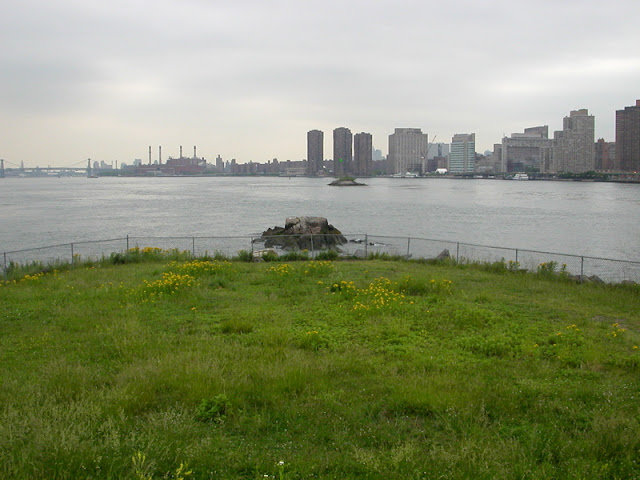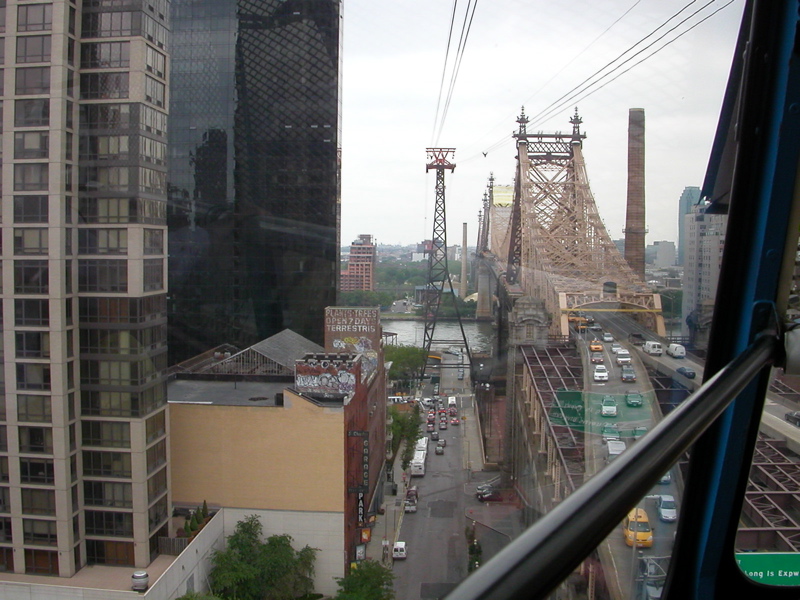Search This Blog
A strolling guide to New York City by writer and photographer Teri Tynes. Active during the years 2007-2021, Walking Off the Big Apple plans new walks away from the city in the summer of 2025.
Posts
Showing posts from June, 2008
Coming this summer 2025
A Hudson River Camino - a cultural and spirit-filled pilgrimage up river.
Walking Off The Bell Jar: The Wicked City
- Get link
- X
- Other Apps
Walking Off the Sultry Summer of 1953: The New York of The Bell Jar
- Get link
- X
- Other Apps
This Just In: AP Reports that Everything is Out of Control
- Get link
- X
- Other Apps
On the Roof with Jeff Koons' Balloon Dog and Everyone Else
- Get link
- X
- Other Apps
Washington Square Park: Rewind the Memories (A Nostalgic Slideshow)
- Get link
- X
- Other Apps
Bites of the Apple: My Flâneuring Mojo, Water Taxis, Bucky Fuller, and Much Ado About Le Poisson Rouge
- Get link
- X
- Other Apps
A Walk Through the South Village below West Houston Street, and Stopping to Eat (and a Map)
- Get link
- X
- Other Apps
West 10th Street, From Fifth Avenue to Waverly Place
- Get link
- X
- Other Apps
Call for Entries for My Friend's Pudding Hollow Pudding Contest in Massachusetts
- Get link
- X
- Other Apps
Bites of the Apple: A Selection of Events in New York This Weekend, June 13-15, 2008
- Get link
- X
- Other Apps
The East River & Roosevelt Island Walk: Guide and Map
- Get link
- X
- Other Apps
The South Tip of Roosevelt Island: Ruminations on a Planned Memorial
- Get link
- X
- Other Apps
A Comparison of New York's Roosevelt Island and Paris' Île de la Cité: Pourquoi Pas?
- Get link
- X
- Other Apps
The East River and Roosevelt Island Walk, Part Three: The Renwick Ruins, or, The Smallpox Hospital
- Get link
- X
- Other Apps
The East River and Roosevelt Island Walk: Part Two, The Ride Over to the Island (Vertigo Slideshow)
- Get link
- X
- Other Apps
The East River and Roosevelt Island Walk: Part One, The East River, Manhattan, From 86th to 59th St.
- Get link
- X
- Other Apps
Coming This Weekend: A Walk Through Dystopia, Followed By a Visit to an Abandoned Smallpox Hospital and Then Bloomingdale's
- Get link
- X
- Other Apps
Walking News Digest: Brooklyn IKEA to Include Esplanade, Tribeca Section of Hudson River Park to Open in July, and Why the Swiss Are Svelte
- Get link
- X
- Other Apps
Marisol's American Merchant Mariners' Memorial at the Battery
- Get link
- X
- Other Apps
Updates: Forward Building in the News with Tatum O'Neal Drug Bust
- Get link
- X
- Other Apps
June 11, 2025 in Beacon, NY

On a day trip from NYC













